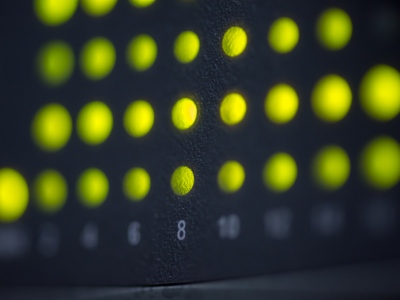RAID (Redundant Array of Independent Disks), a hard drive technology, offers a number of data protection benefits with robust fault tolerant features. The fundamental property of Hard Disk RAID to recover lost data makes it to be the first choice of users and enterprise owners.
RAID Drive Benefits
There are four primary advantages of RAID technology:
* Provide Redundancy-Backup of data is formed by RAID that is used during hard drive failure.
* Improve Performance-Using a specific level of RAID with precise number of drives enhances the performance factor. This is often possible via RAID striping technique.
* Lesser Overheads- One high capacity disk is more expensive than RAID array, which is a number of two or more disks having low cost.
* Guard Against Data Loss-Due to RAID mirror imaging ability, data remains protected in case of any outage.
RAID Levels Significance
RAID levels vary from level 0-9 .Some of the noteworthy ones include:
RAID level 0(Striping): This level RAID follows striping method in which RAID splits the overall data between two drives, saving it alternatively one after the other. At one side, there are increased chances of data loss with zero level redundancy, but, on the other side, it positively affects hard drive’s performance.
RAID level 1(Mirror Imaging): This level provides redundancy and fault tolerance using disk mirroring technique. There are two drives; one with original data and the other one with backup. The flaw related to RAID 1 is that it does not provide increased performance as level 1 and protection against malicious malware.
RAID level 5(Parity Rotating): This level, more valuable for multi-user systems, involves a special rotating parity technique with RAID array of 3 or more drives. This technique is used to store parity information by which data can be reconstructed.
RAID level 10 (RAID 0+1 or RAID 1+0): Best in providing redundancy and increased performance, this level combines both the methods of data stripping and mirror imaging. It is a variant of level 1 RAID.
RAID level 50(Striping over Mirror images): A variant of level 5 RAID, it is best in providing data protection and fast throughput using same technique of parity fault tolerance.
Conclusion
RAID hard drive is engineered with exclusive benefits depending upon what level of RAID you choose from. Customers who rely on their data to the highest degree prefer to implement RAID technology; no matter what cost they have to pay for its implementation.








Comments